Mozambique: EDM invests 700 million dollars in transmission
Talks over hidden Maputo debt ‘will not hit Sasol project’
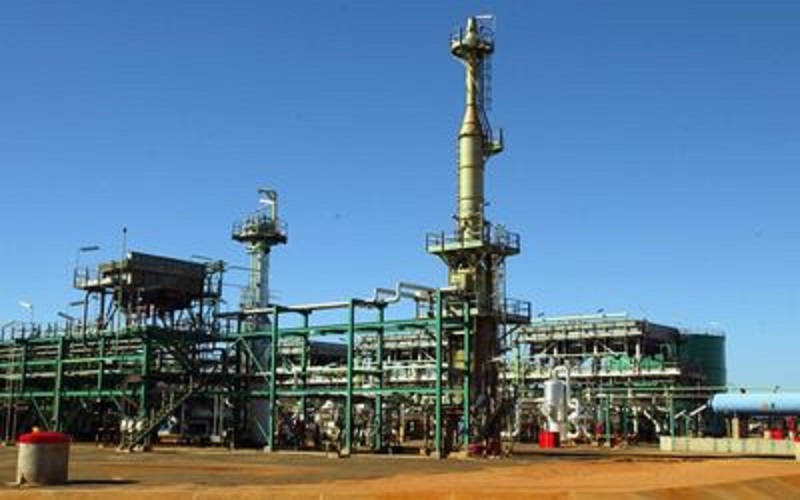
Reuters / Sasol ’s natural gas venture in Mozambique that was inaugurated in 2004.
Continuing discussions between the Mozambican government and international funders and donors over $1bn in undisclosed debt would not affect Sasol’s $1.4bn investment in Mozambique, John Sichinga, senior vice-president of Sasol Exploration and Production International, said on Monday.
On May 26, Sasol began drilling the first well in its production-sharing agreement area in Inhambane province, near its petroleum production agreement area over the Pande and Temane gas fields. The production-sharing agreement is unusually 100%-owned and funded by Sasol, with no government stake.
Demand for gas in Southern Africa is rising as SA and Mozambique are planning more gas-fired power, and industrial and residential customers are seeking gas as a more reliable and environmentally friendly source of energy than coal-sourced electricity.
The production-sharing agreement will source feedstock for the petroleum-production agreement facilities to meet rising demand and to replace the wells at Pande and Temane as they are depleted.
Sasol is also exploring for oil and gas elsewhere onshore and offshore in Mozambique. In Mozambique’s fifth licensing bid round in 2015, Sasol and its partners were awarded two additional exploration concessions offshore and onshore.
The first phase of the production-sharing agreement would have two tranches, Sichinga said.
In the first tranche, 13 wells including one for water, will be drilled during the next two-and-a-half years to appraise and delineate the gas resources at Temane G8 and Temane East and the oil reservoirs at Inhassoro G6 and G10.
The first tranche will determine the schedule for a second tranche of activity, which will probably entail another 28 wells. Sichinga said the budget for the second tranche had not yet been finalised.
The gas produced in the first phase is earmarked for the 400MW Maputo gas-to-power plant, which will be built as a joint venture with the Mozambican government. Sasol has not yet made a final investment decision on the power plant.
Production-sharing agreement phase one will also include the construction of a facility to process 15,000 barrels of oil a day, a liquid petroleum gas plant to produce 20,000 tonnes a year and a fifth train for the gas to power project.
A second phase, which was in the planning stage, would focus on other gas prospects, Sichinga said.
At Pande and Temane, gas is processed on site at a central processing facility. It is then taken through the 900km Rompco pipeline to SA, except for 5% as royalty gas for the Mozambican government, which mostly serves customers in Maputo.
The Rompco pipeline passes through Ressano Garcia, where it is supplying the jointly owned Sasol and government 175MW power plant and the 120MW Matola Gas Plant, owned by Gigawatt Mozambique, a partnership between South African and Mozambican investors.
Sasol originally invested $1.2bn in the Temane production wells, central processing facility, and pipeline, and the conversion of Sasolburg from coal to gas.
A total of $800m was later invested in expansions and further infrastructure including two looplines to expand the capacity of the Rompco pipeline, the second of which was announced late last year.
By Sasol’s 2017 financial year, the capacity of the central processing facility will be 197-million gigajoules per year.


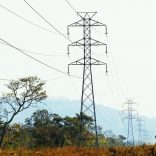




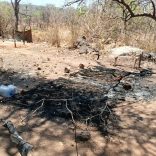
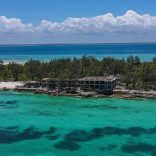

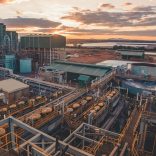
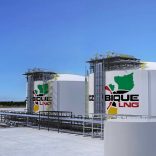
Leave a Reply
Be the First to Comment!
You must be logged in to post a comment.
You must be logged in to post a comment.